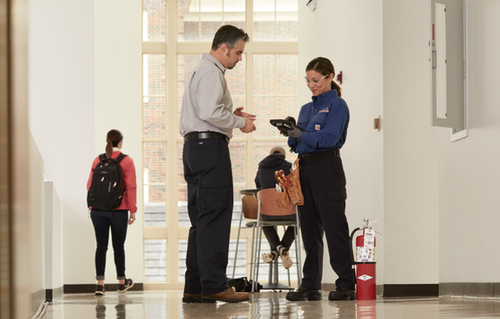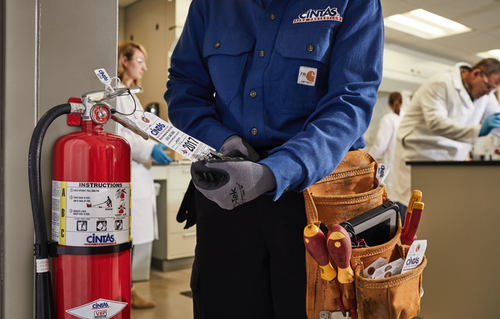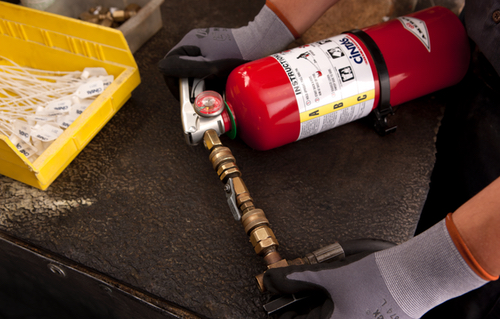Automatic fire alarm systems often play a major role in loss prevention during a fire emergency. These systems can be just as complicated as they are important. Below is a high-level overview of the components of an automatic fire alarm system.
The basic purpose of an automatic fire alarm system is to detect a fire in its early stages, notify the building occupants that there is a fire emergency and report the emergency to first responders.
Fire Alarm Control Panel (FACP)
This is the center of the fire alarm system. The fire alarm control panel monitors initiating devices and then activates notification devices when an alarm signal is received. These panels range in scale from a single zone to multiple buildings.
Initiating Devices
Initiating devices detect a fire emergency and communicate it to the fire alarm control panel. These can be triggered both manually (pull stations), as well as automatically in a response to heat, smoke or flame. When one of these initiating devices is triggered, the control panel will go into an alarm state.
Another type of initiating device is a sprinkler valve tamper. Rather than initiating an alarm state, the control panel will go into a “supervisory” state, if a sprinkler valve is in an “off-normal” condition. This type of signal indicates that there is a need for action within the components of the system, rather than an immediate fire emergency.
Notification Devices
After the control panel receives a signal for an initiating device and goes into an alarm state, the panel initiates output devices that signal to building occupants that there is an emergency situation. These include bells, horns, speakers, chimes, strobes and flashing lights that signal either audibly or visually that there is a fire emergency.
Another panel output is the notification of emergency responders. This is commonly accomplished via signal to a central monitoring station. The monitoring center contacts the appropriate first responders who then dispatch to the location of the emergency.
Finally, output devices exist which shut down equipment such as HVAC systems to prevent the spread of smoke, activate automatic suppression systems including pre-action sprinkler systems and more.
Cintas Fire Technicians are kept up to date on the latest standards from regulatory bodies and manufacturer recommendations. If you haven’t already, click here to start a fire alarm system inspection program.
CINTAS CAN HELP KEEP YOUR BUSINESS READY™
- On-site assessment to discuss fire protection solutions for your business*
- Customized service dates that fit your busy schedule*
- Routine testing, inspection and maintenance of your fire protection equipment*
-

On-site assessment to discuss fire protection solutions for your business*
-

Customized service dates that fit your busy schedule*
-

Routine testing, inspection and maintenance of your fire protection equipment*
*Certain services may not be available in all markets
get started